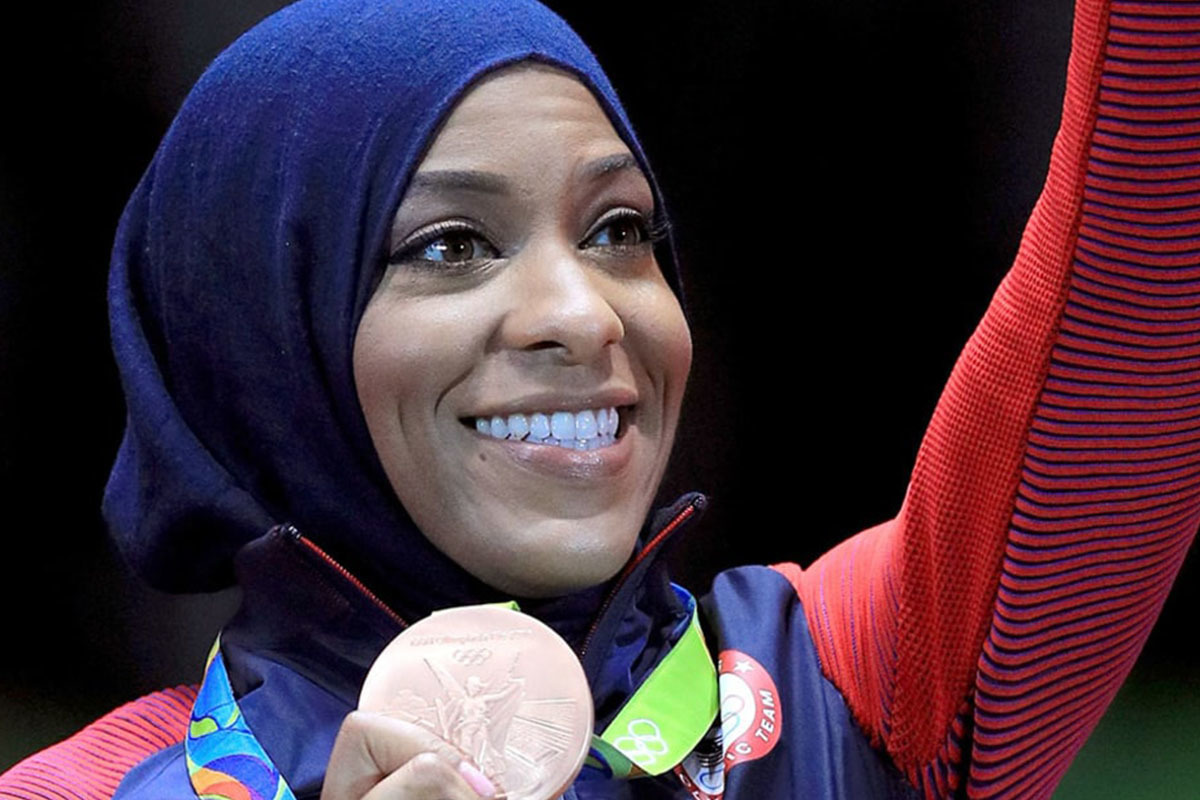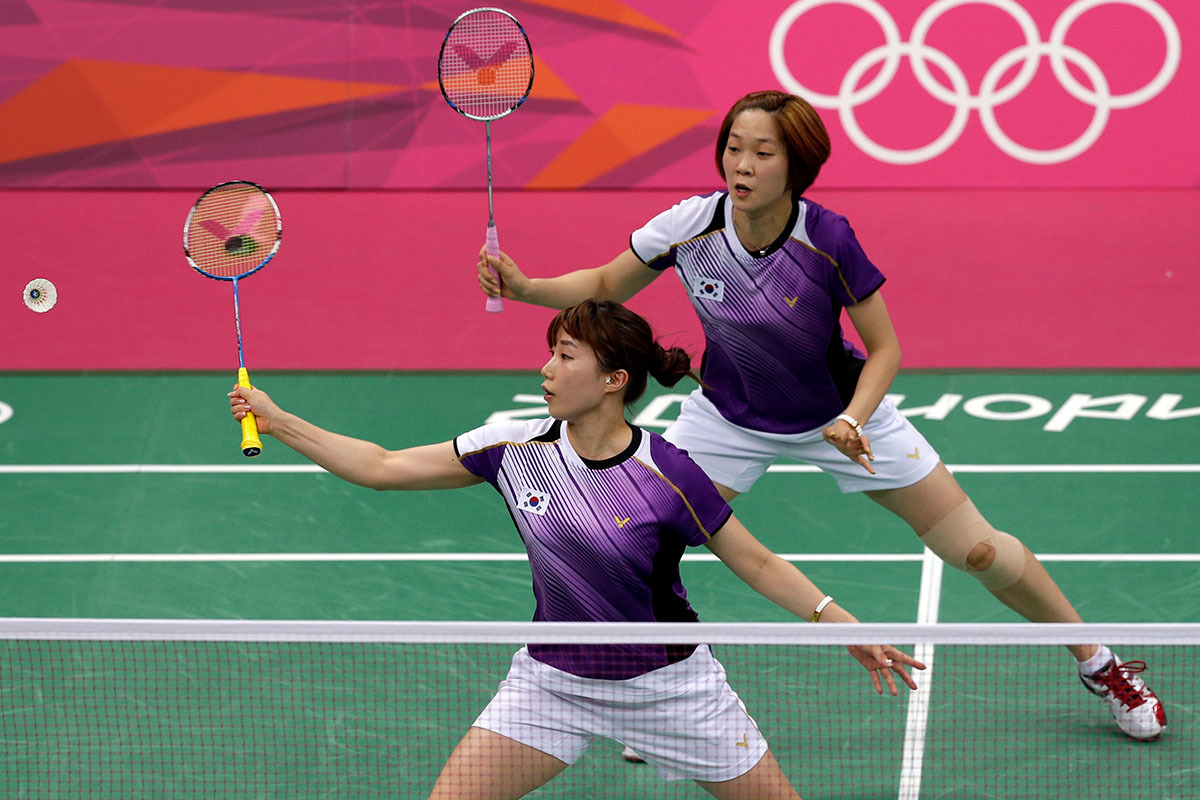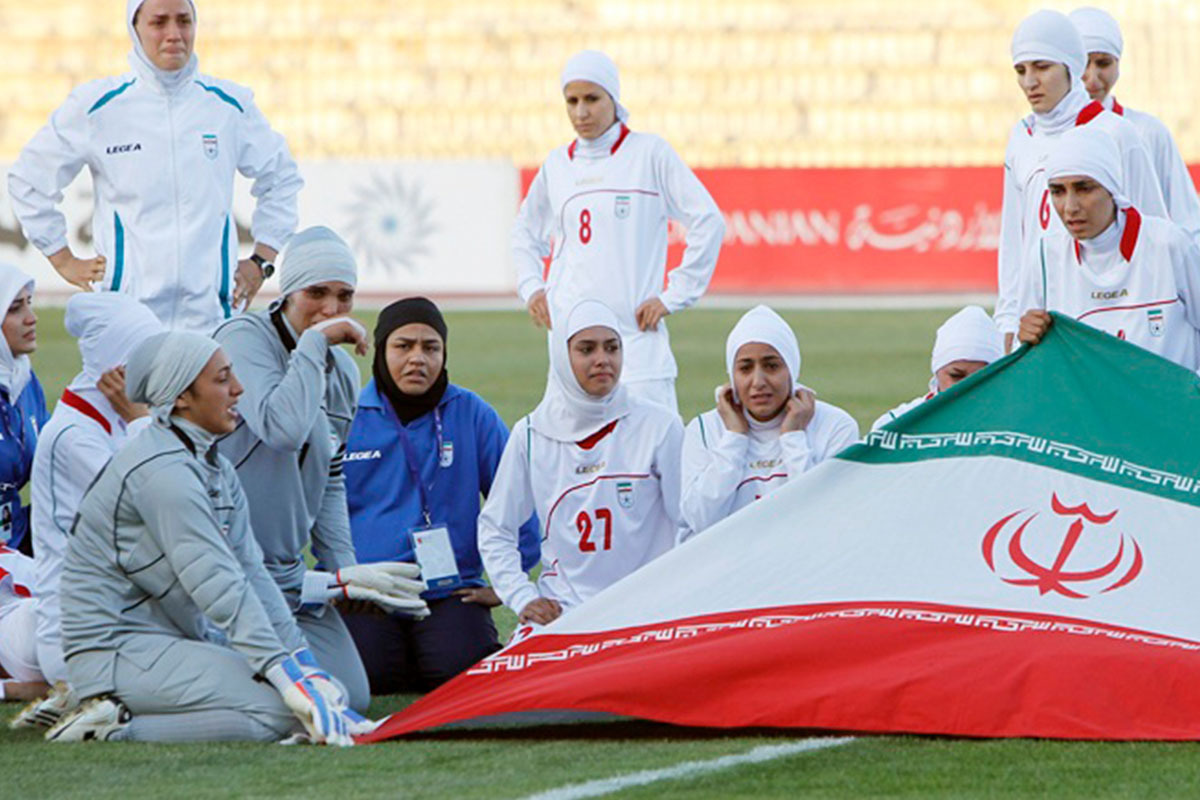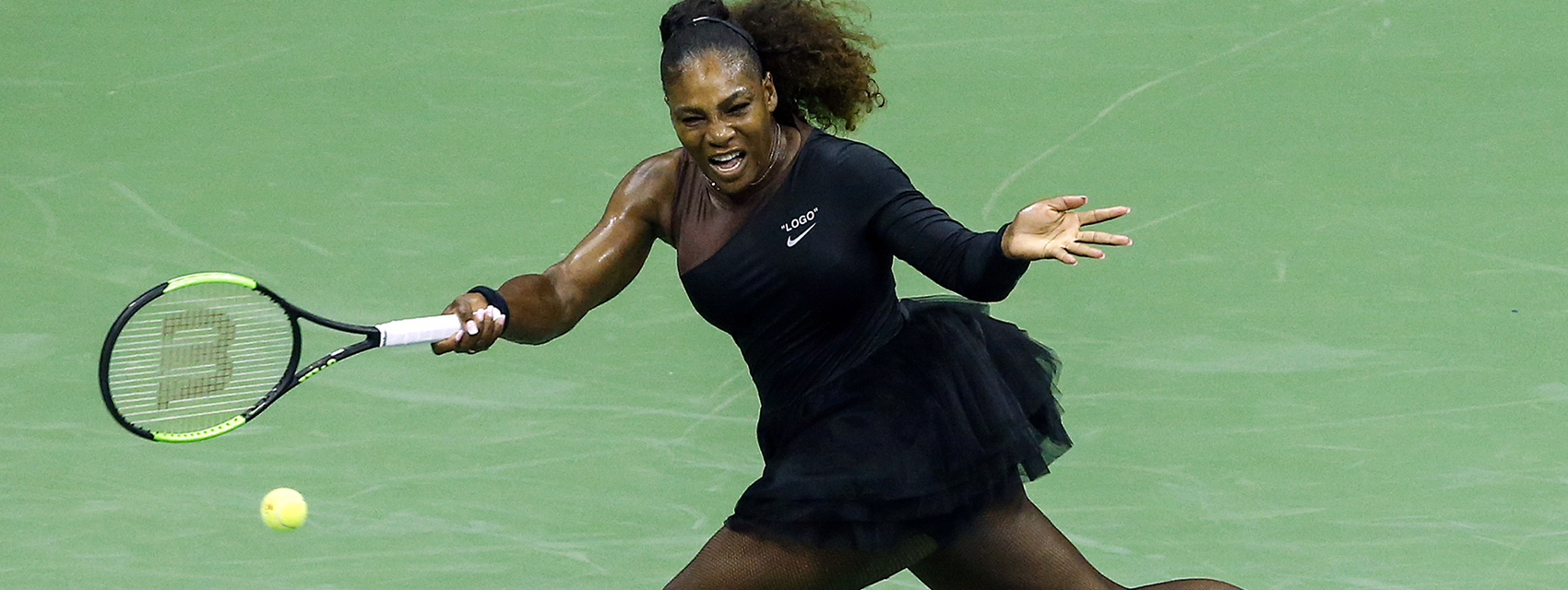Serena Williams' Catsuit And Three Other Times Female Athletes Were Told What To Wear
When will the policing of women’s clothes stop?
Last month, former world No.1 tennis player, 23-time grand slam winner and Vogue cover star, Serena Williams, was banned from wearing her iconic (and potentially life-saving) Nike catsuit for the French opens. Serena said the suit made her feel powerful “like a warrior”, whilst also providing vital pressure to help her cope with life-threatening blood clots.
Empowering AND life-saving, why the fuck would she ever take it off? Well, according to French Tennis Federation President, Bernard Giudicelli,Serena’s catsuit must not be worn because she needs to “respect the place and game”, in what might be the greatest show of disrespect to one of the games most successful players.
Unfortunately, the narrative of successful, empowered, cool-ass women being told what they can and cannot wear isn’t an uncommon one. Here are three other times when women had to change their clothes, remove their costumes and adhere to the “rules”.
Ibtihaj Muhammad in 2016

In 2016, muslim olympic fencer, Ibtihaj Muhammad, was forced to remove her hijab for a security photo.
At the time, she was ranked seventh in the world and had made history for being the first muslim women wearing a hijab to represent the U.S at the open olympics, so you can imagine her confusion and anger when she was asked to remove her head scarf, in order to be identified.
Ibtihaj said that fencing “uniquely accommodated” to her religious beliefs as athletes wore long trousers and jackets, which makes the incident even more bizarre and frustrating. Muhammad called them out on it and was triumphant in receiving her ID without removing her head scarf, before being given the wrong ID…sigh (you pick your battles though, right?).
The olympic badminton team in 2012

At the London Olympics in 2012, officials governing the women’s badminton decided that women MUST wear dresses or skirts. In an attempt to reinvigorate an interest in the sport, The Badminton World Federation decided that shorts and pants should be swapped for skirts, to create a more “appealing’ look. Nice.
Whilst clothing rules in athleticism are common and in sports like gymnastics and volleyball women wear more revealing outfits, this particular rule wasn’t implemented on the grounds of functionality or comfort, but seemingly for how attractive it would look(?!) At the time, Paisan Rangiskipho, American president of the Badminton World Federation said, “we’re not trying to use sex to promote the sport…we just want them to look feminine.”
The Iranian women’s football team in 2012

During the 2012 London Olympics, the Iranian women’s football team were defeated before they even got the chance to play. Just before kick off, as the team prepared to compete in a crucial qualifying match, FIFA officials decided that their headscarves broke the dress code and the team could therefore not play.
The decision dealt a harsh blow for the Iranian women as the rule means that the Iranian government would no longer fly them over for international competitions. The team complied with regulations set by FIFA by wrapping their scarves extra tight around their heads and necks, but were told that the covering of the neck is against safety regulations.
It seems that in every sense of the phrase, they just couldn’t win.
Next up, Virgil Abloh's Queen Collection for Serena Williams












